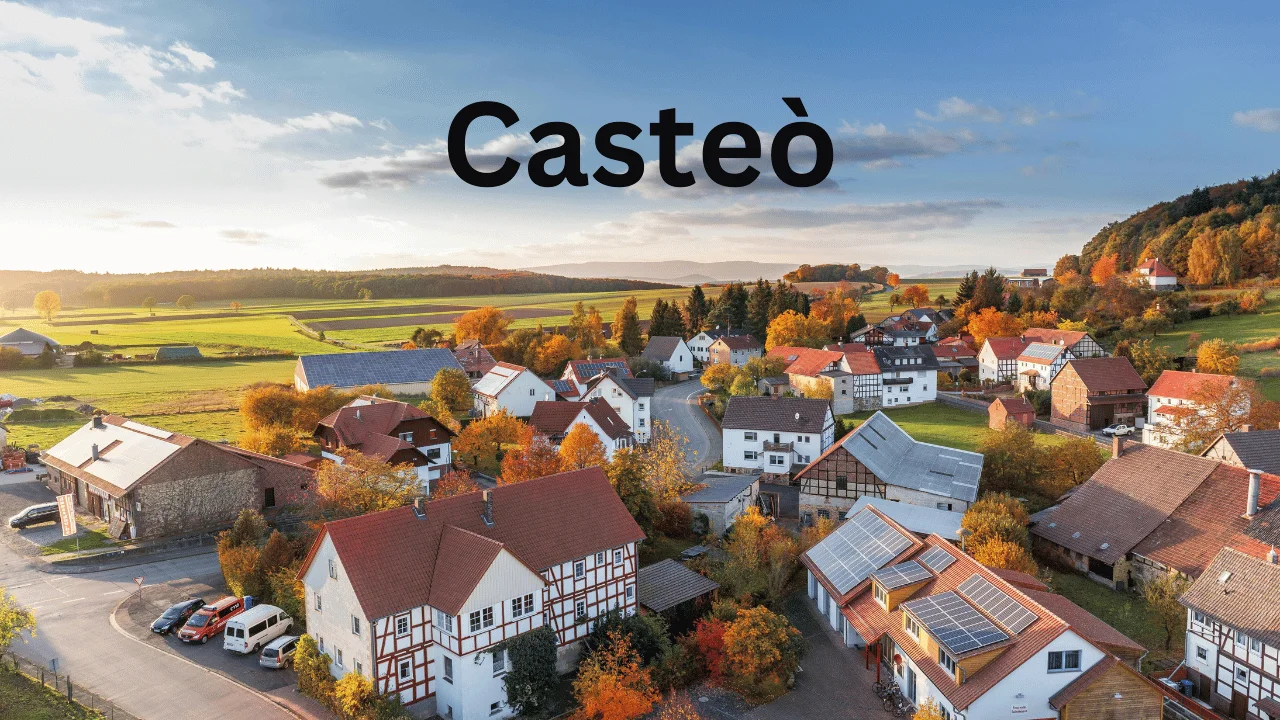Casteò, a concept deeply rooted in the fabric of society, intertwines ancient customs with the rapid pace of contemporary life. This multi-faceted idea serves as a pivotal lens through which we can delve into social structures, cultural identity, and the ongoing march of technology, seamlessly bridging past and present.
Origins
The origins of Casteò trace back centuries, originating from ancient societal structures that categorized individuals based on hereditary occupations and social status. This system, prevalent in various cultures globally, shaped community dynamics and interpersonal relationships, influencing everything from marriage alliances to economic opportunities.
Evolution
Over time, Casteò has evolved, adapting to changing societal norms and global influences. While traditionally rigid and hierarchical, modern interpretations have sought to reinterpret these structures in the context of contemporary values such as equality and inclusivity. The evolution reflects broader shifts in societal attitudes towards identity and belonging.
Social Dynamics
Casteò profoundly impacts social dynamics, influencing interactions within communities and shaping individual aspirations. It establishes frameworks for social hierarchies and expectations, often defining roles and responsibilities from birth. Despite efforts to dismantle its more restrictive aspects, Casteò continues to exert influence, albeit in varying degrees across different regions and demographics.
Cultural Identity
At its core, Casteò is intertwined with cultural identity, forming a cornerstone of many societies’ heritage and traditions. It plays a pivotal role in shaping individual and collective identities, influencing cultural practices, rituals, and familial ties. The preservation of cultural identity through Casteò underscores its significance in maintaining historical continuity amid a rapidly changing world.
Technological Integration
The integration of technology has brought new dimensions to the discourse surrounding Casteò. Digital platforms have facilitated discussions, both challenging and reinforcing traditional notions. Social media and online forums provide spaces for advocacy and activism, amplifying voices that seek to reform or abolish outdated practices associated with Casteò.
Challenges and Controversies
Despite its cultural significance, Casteò remains a contentious topic fraught with challenges. Debates around social justice, affirmative action, and representation continue to shape legislative and societal responses. The complexities of addressing historical injustices while respecting cultural heritage underscore the delicate balance required in navigating discussions surrounding Casteò.
Future Perspectives
Looking ahead, the future of Casteò remains uncertain yet hopeful. Increasing awareness and advocacy for social equity and justice are reshaping conversations around traditional structures. As societies continue to evolve, so too will the narratives surrounding Casteò, offering opportunities for reconciliation, empowerment, and a more inclusive future.
In conclusion, Casteò stands as a testament to the enduring intersection of tradition and modernity. Its complexities invite exploration into the nuanced layers of social identity, cultural heritage, and the evolving landscapes of contemporary society. By understanding Casteò’s historical roots and contemporary implications, we navigate towards a more informed dialogue on its role in shaping our shared human experience.
